The content of the article
- 1 What does such a butterfly look like?
- 2 Where does the butterfly urticaria live?
- 3 How does butterfly urticaria develop?
- 4 Are there hives butterflies enemies?
- 5 What does butterfly urticaria eat?
- 6 Are there butterfly species?
- 7 What are the features of urticaria?
- 8 Video: butterfly urticaria (Aglais urticae)
One of the most beautiful butterflies existing on Earth is the hive butterfly. The name comes from the word "nettle", since this plant is edible for it. Moreover, it pupates on the nettle leaves.
What does such a butterfly look like?
Despite its small size, it is easy to notice due to its variegated color: its wings are red or brick with black spots, and the wings are dark at the base. Their edge is serrated and has a sharp protrusion.
Males almost do not differ from women, across their front wings you can also see a wide bright strip. As for the lower wings, they do not stand out at all with their dark brown color. On the back pair, you can find blue spots of a lunar shape, which sharply distinguish them from butterflies of other species. The antennae are club-shaped, and the eyes can distinguish shades of scarlet. The abdomen and chest are dark in color, usually covered with gray hairs.
Where does the butterfly urticaria live?
Representatives of this species populated not only all of Europe, but also Asia, the territory of Siberia, the Far East, along with China and Japan. Sometimes it can be seen in Korea and Vietnam. In Russia, she lives almost everywhere, except for the northern territories, as well as in the countries of the former CIS. Kamchatka, Magadan and Yakutia are suitable territories for it.
Usually it lives in personal plots, city parks and meadows, in forests; mountains are available for it, for example, the Alps and the Himalayas, where it rises to a height above 5 km above sea level.
How does butterfly urticaria develop?
In early spring, males begin to look for a female for mating. Courtship is peaceful, without attempting to harm others. When the sun shines brightly, the male flies up to the hive from behind and begins to make sounds that mean the beginning of courtship games. They last for several hours, after which the butterflies, settled in trees, in caves or in attics, begin to lay yellowish eggs of 100-200 pieces in groups on nettle leaves.
In the period from May to June, the first caterpillars of a dark color begin to appear, on the back of which there are several yellow stripes; a little later, in mid-August, the second generation is born. It is noteworthy that on the leaves they live all together, preferring not to separate: special thorns help them to stay. Caterpillars molt several times and after each molt increase several times. When the time comes to pupate, the caterpillars crawl to quiet and secluded places, and if the leaves of the plants allow, they can do it right there. The pupal stage lasts two weeks. During this period, she hangs freely with her head down until a small butterfly develops from her with tiny wings that are not yet suitable for flying. Mature individuals can fly from spring to the very end of autumn.
Are there hives butterflies enemies?
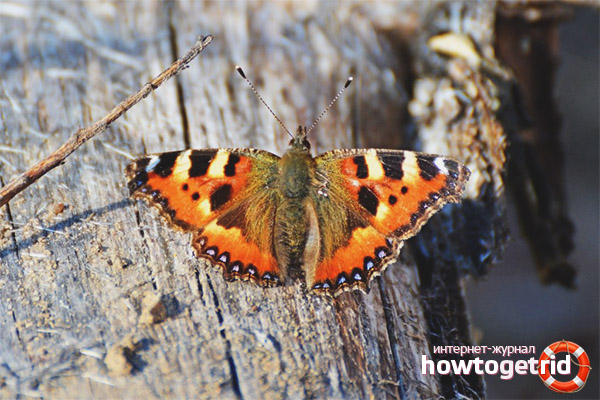
They, like all kinds of insects, have enemies whom they better fear. So, rodents and birds feed on these butterflies.They survive the winter thanks to the color masking from enemies, but often it does not help.
What does butterfly urticaria eat?
Her diet includes many plants: first of all, these are different types of nettles, hops and even hemp. She also often drinks birch sap and feeds on plant nectar.
Are there butterfly species?
What are the features of urticaria?
According to the behavior of this butterfly, weather changes can be predicted: for example, if on a fine day it flies uneasily from side to side and searches for a secluded place, then it will rain soon.
Urticaria move only on the middle and hind legs, since the front legs are modified: they are much shorter than the others, covered with long hairs, with which the butterflies sense what is happening. In addition, the limbs are not necessary for movement, but for a comfortable take-off and the next soft landing.
Video: butterfly urticaria (Aglais urticae)


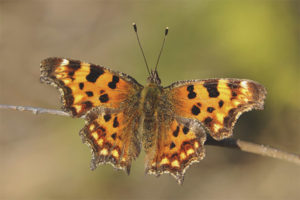

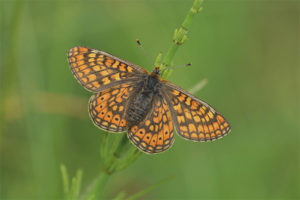
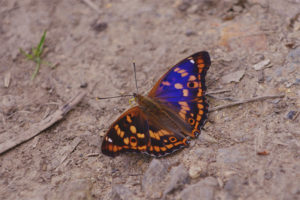

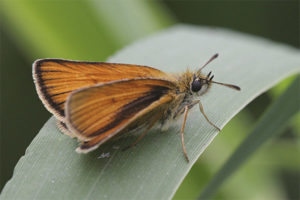
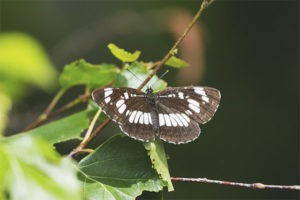
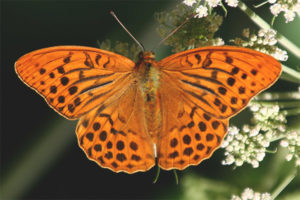
Submit